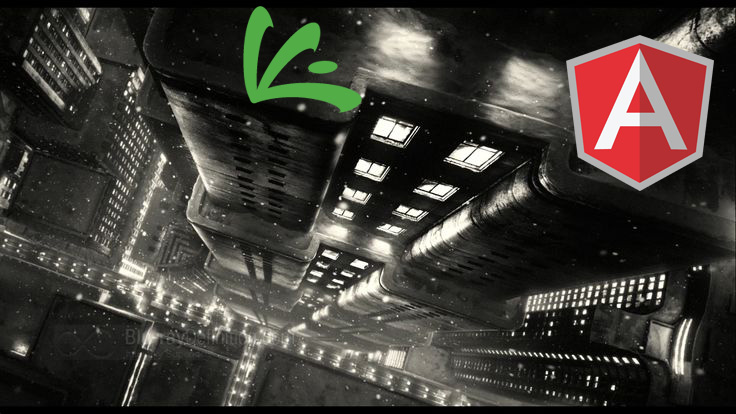The Living Specification: A Quixotic Quest

I want to tell you of a beautiful, elusive dream. It is an idealistic goal I call “The Living Specification.” The Living Specification is the idea that we can continue to update a specification, the description of an application’s behavior, throughout its life. I will detail why this is so challenging, and the steps that Grio can take to make this dream a reality.








